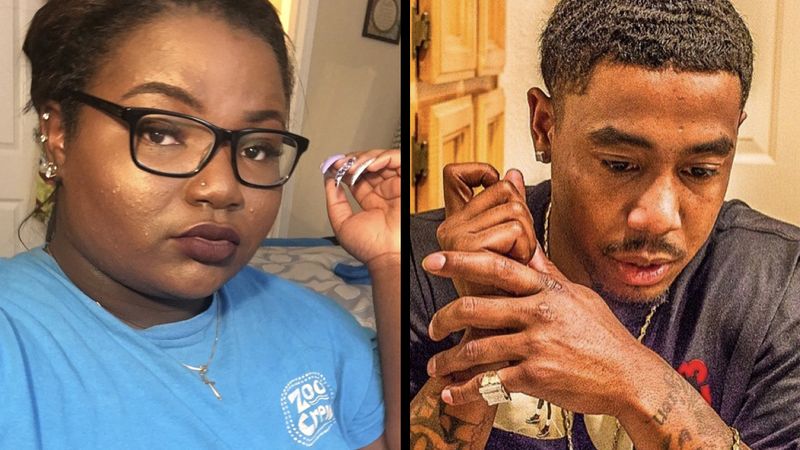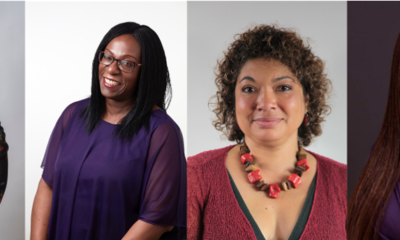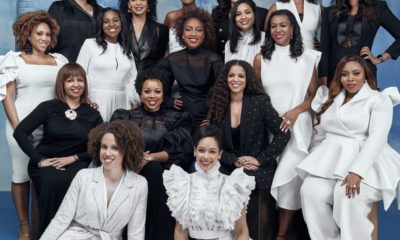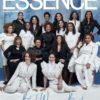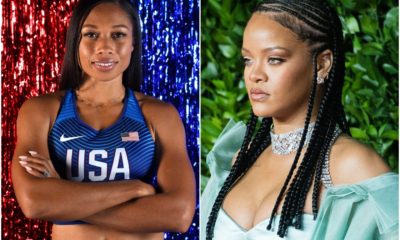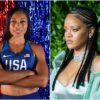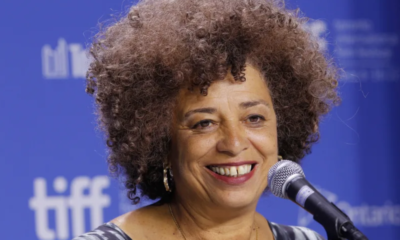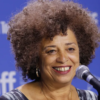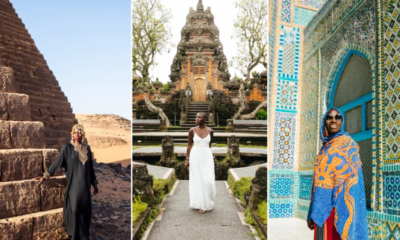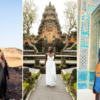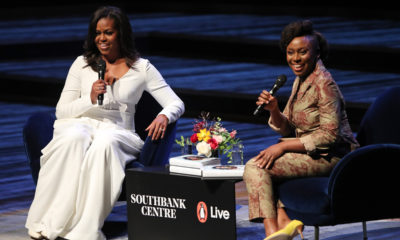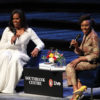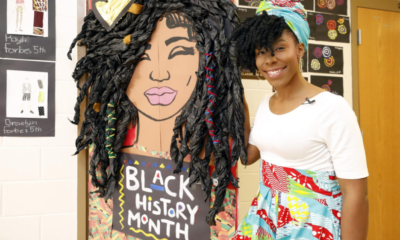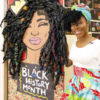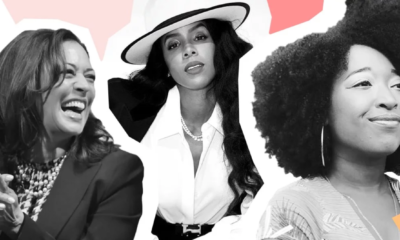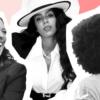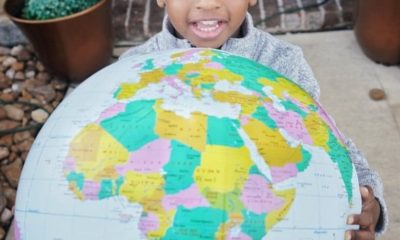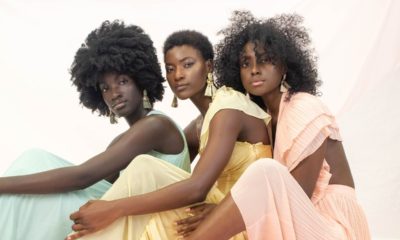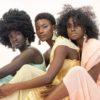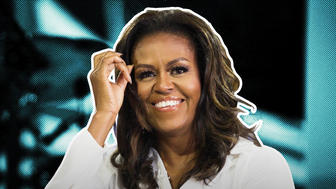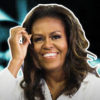Featured Articles
These black creators have gone viral-so why don’t people know their names?
If you’ve been active on the internet in the past three years, you inevitably saw viral videos created by black people. For many of us, the content and catchphrases of those viral videos have entered our own vocabularies.
Whether it’s the “eyebrows on fleek” vine that gave a generation a new synonym for “on point” or the “What are those?” video that blasted everyone with questionable footwear, black creators are sharing original content online that gets co-opted by the masses.
Of course, this trend is nothing new. A 2015 article in the FADER pointed out that while major brands use viral internet creations — particularly those made by black folks — for advertising campaigns, the original creators rarely see the profits. Teen Vogue published an op-ed Wednesday criticizing “digital blackface” with the use of reaction GIFs featuring black faces, a common way to respond to jokes and situations online.
There’s a lot to be critiqued in the ways people use black folks’ creations online. It’s crucial to note, however, that people of color aren’t even getting the same personal recognition as white people who go viral. While many know the original “eyebrows on fleek” and “What are those?” videos, few know those internet stars’ names.
The same isn’t true for the white centerpieces of other viral internet trends, like Alex from Target and Damn, Daniel. Many even know the name of Danielle Bregoli, the 14-year-old girl behind the viral Cash Me Oussidevideo. This name recognition translates to large online followings, something most black viral stars never get.
Peaches Monroee, the internet name of the woman who created the “eyebrows on fleek” video, has about 3,700 followers on Instagram. Young Busco, the internet name of the man behind the “What are those?” vine, has just over 21,000 followers on his Instagram.
Compare these to the Instagram followings of Daniel Lara (Damn, Daniel), Alex Lee (Alex from Target) and Bregoli: 680,000 followers, 1.6 million and 11 million, respectively. The numbers aren’t even close.
Since black viral creators aren’t getting followings nearly as large as their white counterparts, it’s no surprise they aren’t compensated or awarded sponsorships in the same way. The first step to fixing the compensation disparity is figuring out why black creators aren’t getting name recognition and mass followings in the first place.
An absence of mainstream media appearances
“The tipping point for mass exposure of these trends does not begin when the trend itself begins,” Brad Kim, editor-in-chief of Know Your Meme, said in a video interview. “It happens when it gets exposed to mainstream, white, suburban America.”
When black creators go viral, their creations may become mainstream, but they’re rarely seen on American morning shows and daily talk shows. White creators, though, regularly go around the talk-show circuit.
A video of Alex from Target on Ellen has over 10 million views. Damn, Daniel’s appearance on the show was viewed more than 36 million times. Peaches Monroee never appeared on Ellen, but her phrase did multiple …
Please read original article- These black creators have gone viral-so why don’t people know their names?



